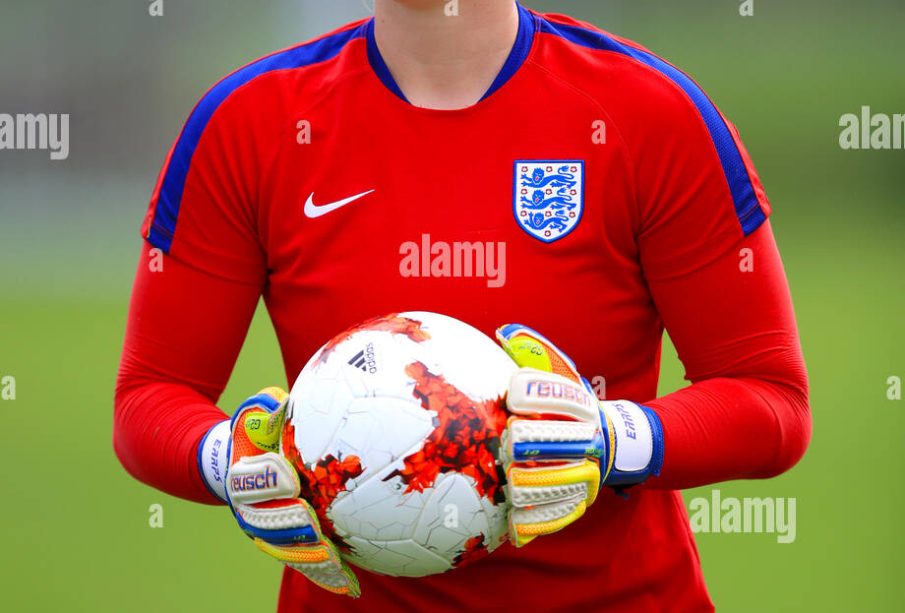Mary Earps: The Goalkeeper Making Waves in Women’s Football

Introduction
The rise of women’s football has spotlighted many exceptional athletes, but few have captured the attention of fans as much as Mary Earps. As the goalkeeper for the England women’s national football team, her performances have been pivotal in recent tournaments, showcasing her talents on an international stage. Understanding the impact of players like Earps is essential in appreciating the growth of women’s sports and its burgeoning audience.
A Stellar Performance at the World Cup
Mary Earps earned international acclaim during the 2023 FIFA Women’s World Cup, which took place in Australia and New Zealand. Her skills between the posts were instrumental in leading England to the final, where they ultimately finished as runners-up. Throughout the tournament, she made a series of crucial saves, demonstrating her quick reflexes and decision-making abilities. Earps was not only one of the standout players for the Lionesses but also received the FIFA Golden Glove award, recognising her as the best goalkeeper of the tournament.
Career Highlights
Born in 1993 in Nottingham, Mary Earps began her football journey at a young age. She joined the Nottingham Forest youth academy before moving to Birmingham City, where she continued to hone her craft. After stints at a few clubs, including Bristol City and Reading, Earps’s talent caught the eyes of coaches at Manchester United, where she has performed consistently since joining in 2019. Her club performances have reflected her ability, helping her cement a starting position in the national squad.
The Importance of Representation
Mary Earps’s success serves as an inspiration for young female athletes across the UK and beyond. She has become a role model not just for aspiring goalkeepers but for all women in sports. As women’s football gains more visibility, athletes like Earps help challenge stereotypes and encourage greater participation in sport among young girls. Increasing support, whether through media coverage or sponsorships, will play a crucial role in solidifying the future of women’s football.
Conclusion
Mary Earps’s achievements on the football field exemplify the significant strides being made in women’s sports. As she continues to develop her career, both with Manchester United and the England national team, her influence will likely grow, inspiring the next generation of female footballers. As we look forward to future tournaments and matches, we can expect to see more remarkable performances from Earps, in a landscape that is gradually but undeniably evolving in favour of women’s football. Engaging with and supporting players like Mary Earps is essential for fostering the growth of women’s sport and ensuring that it thrives.









